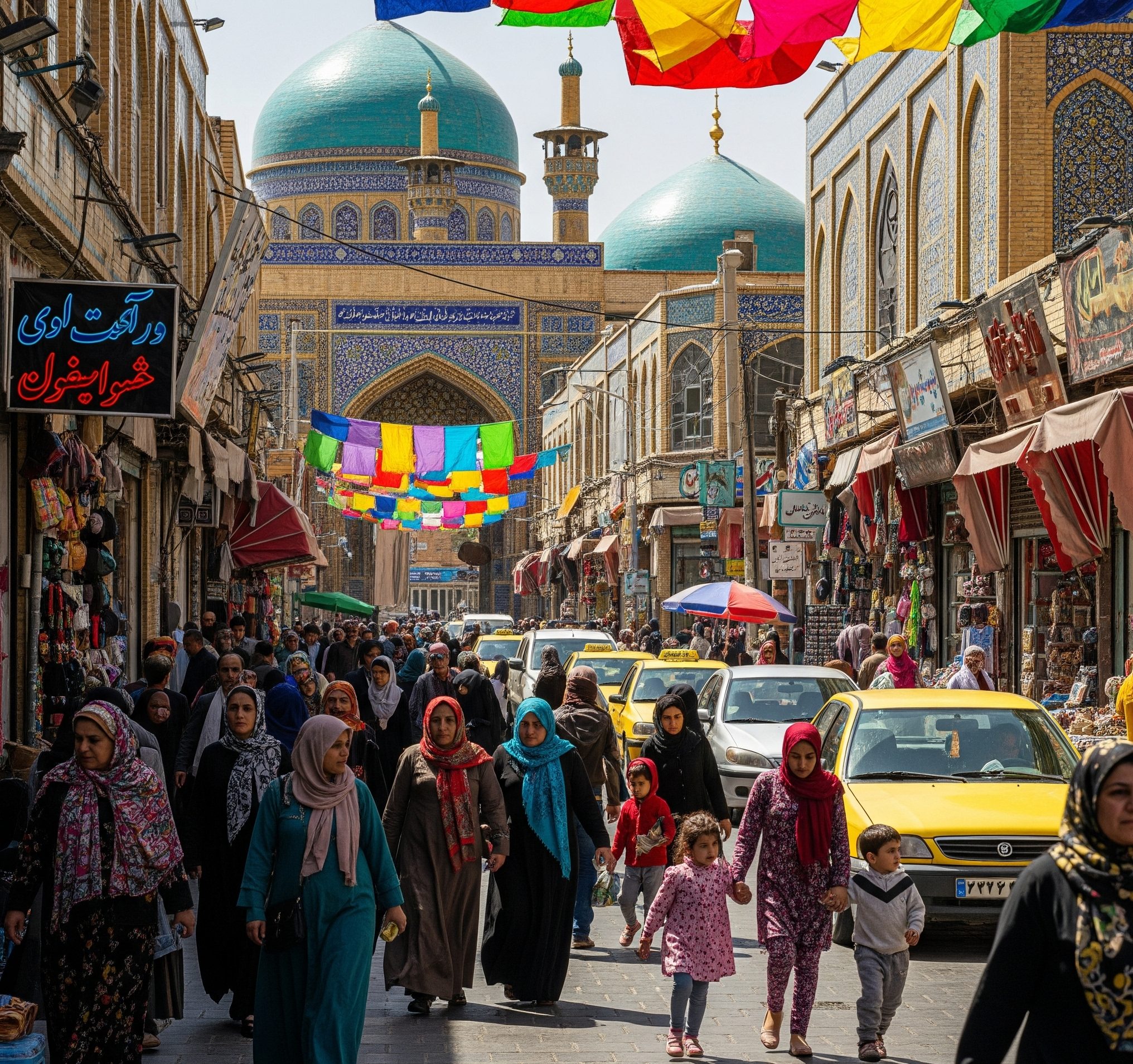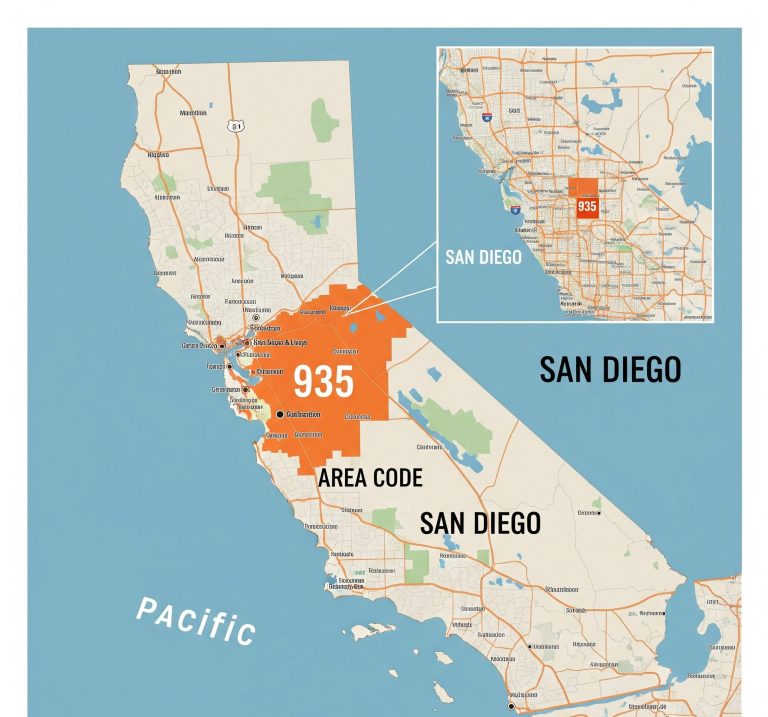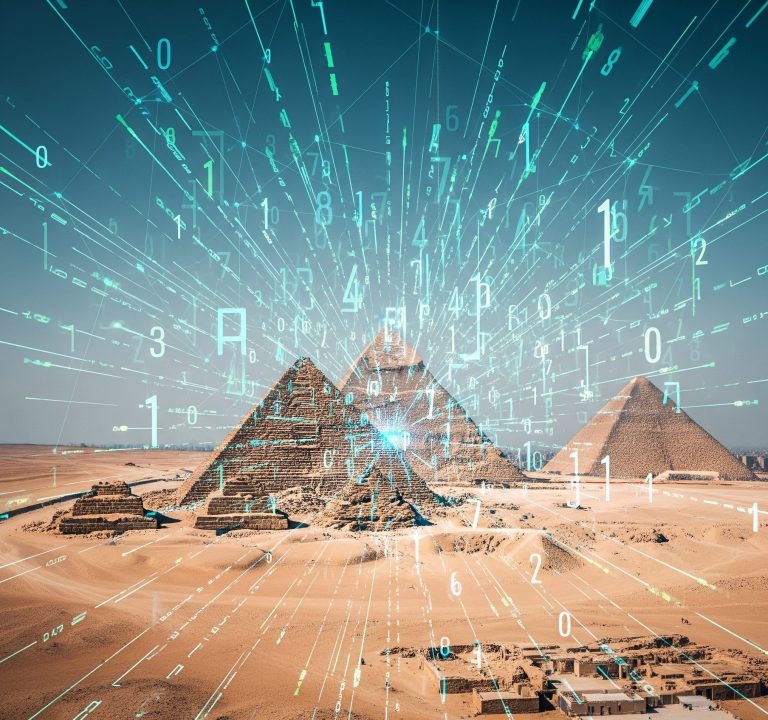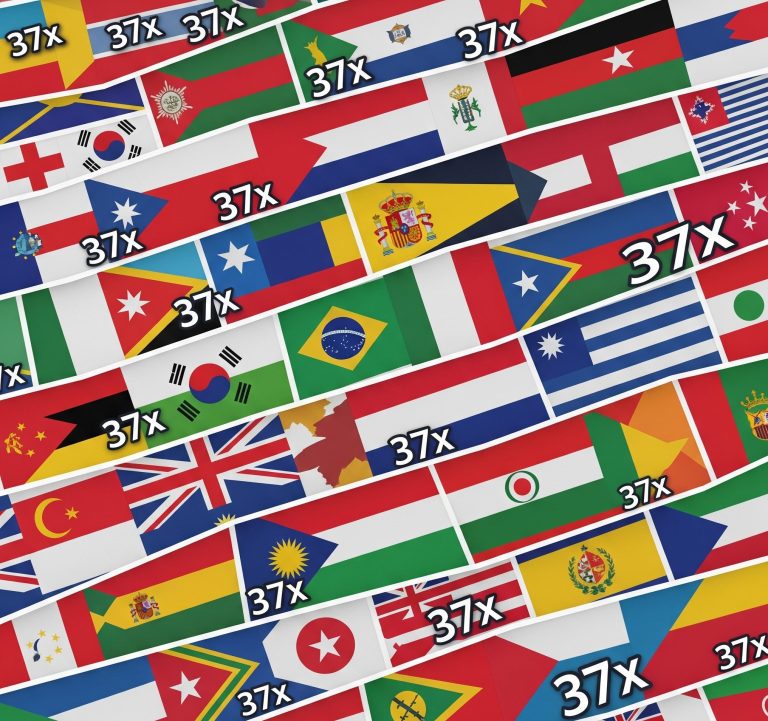In our increasingly interconnected world, communicating across borders is more common than ever. From staying in touch with family and friends to conducting international business, understanding how to dial internationally is a fundamental skill. For Americans looking to connect with a specific part of the globe, the 0098 country code is an essential piece of information. This article will demystify this code, explain how to use it for international calls from the United States, and offer insights into effective global communication.
Contents
The Significance of the 0098 Country Code
Every country in the world has a unique country calling code, a numerical prefix that directs international calls to the correct nation. The 0098 country code specifically belongs to Iran. This means that any time you wish to dial a landline or mobile phone number located in Iran from outside its borders, you will need to incorporate this code into your dialing sequence. It acts as a digital address, ensuring your call is routed to the correct telecommunications network.
Without the correct country code, your international call would either fail to connect or be misdirected. This small but crucial set of digits is a cornerstone of the global telephone network, allowing seamless communication across vast distances.
How to Dial Iran from the United States Using the 0098 Country Code
Making an international call from the U.S. to a country with the 0098 country code involves a straightforward, multi-step process. Familiarizing yourself with these steps will ensure your calls go through smoothly.
Step 1: Dial the U.S. Exit Code
The first step in any international call originating from the United States is to dial the U.S. exit code. This code tells your phone carrier that you are initiating an outbound international call. The standard exit code for the U.S. is 011. So, your dialing sequence will always begin with these three digits.
Step 2: Input the 0098 Country Code
Immediately after dialing the U.S. exit code (011), you will enter the country code for your destination. In this case, that’s the 0098 country code. So far, your dialing sequence will look like: 011 98…
It’s important to note that while the country code is often displayed as “+98,” when dialing from a landline or traditional mobile service, you generally replace the “+” with your country’s exit code. For most modern smartphones and VoIP services, simply pressing and holding “0” to get the “+” symbol and then dialing “+98” will often work as well.
Step 3: Add the Area Code
Following the 0098 country code, you will need to dial the specific area code within Iran for the city or region you are trying to reach. Iranian area codes can vary in length, typically from two to three digits. For instance, Tehran’s area code is 21. It’s crucial to have the correct area code for your specific contact. Online resources and international dialing guides can provide comprehensive lists of these area codes.
A common point of confusion can be leading zeros in foreign phone numbers. If an Iranian number is presented with a leading zero in its area code (e.g., 021), this “trunk code” should generally be omitted when dialing internationally. You would just dial “21” after the 0098 country code.
Step 4: Dial the Local Phone Number
Finally, after the exit code, country code, and area code, you will dial the local phone number of the person or business you are trying to reach. Iranian local phone numbers typically range from seven to eight digits.
Putting it all together, a typical dialing sequence from the U.S. to a landline in Tehran, Iran, might look like: 011 98 21 XXXX XXXX, where X’s represent the local subscriber number. For a mobile phone, it would be similar, often omitting a leading zero if present in the mobile number’s full domestic format.

Tips for Smooth International Calling
Beyond understanding the dialing sequence, several other factors can impact your international calling experience when using the 0098 country code or any other.
Time Zone Differences
Iran operates on a different time zone than the United States (Iran Standard Time is UTC+03:30). This means there’s a significant time difference, which can be anywhere from 7.5 to 11.5 hours depending on your U.S. location and daylight saving adjustments. Always check the current time in Iran before placing your call to avoid inconveniently waking someone up or calling during non-business hours.
International Calling Rates
International calls can incur higher charges than domestic calls. It’s advisable to check with your telephone service provider about their international calling rates to Iran. Many providers offer international calling plans or add-ons that can significantly reduce costs for frequent callers. Alternatively, Voice over Internet Protocol (VoIP) services, such as Skype, WhatsApp, or specialized international calling apps, often provide more affordable or even free calling options over an internet connection.
Call Quality and Connectivity
While telecommunications infrastructure has vastly improved globally, call quality can sometimes vary. A stable internet connection is vital for VoIP calls, and a strong cellular signal is important for traditional mobile calls. If you encounter consistent issues, consider trying a different method of communication or troubleshooting your connection.
Verifying Numbers
Before making an important call, double-check the complete phone number, including the area code and local number, with your contact. A single incorrect digit can prevent your call from connecting.
Conclusion
The 0098 country code is your gateway to connecting with individuals and businesses in Iran from the United States. By understanding the proper dialing sequence – starting with the U.S. exit code (011), followed by the 0098 country code, the relevant area code, and finally the local number – you can ensure your international calls are placed accurately. Keeping time zones and calling rates in mind will further enhance your global communication experience. In a world that thrives on connection, mastering these simple steps empowers you to bridge geographical divides with ease.







